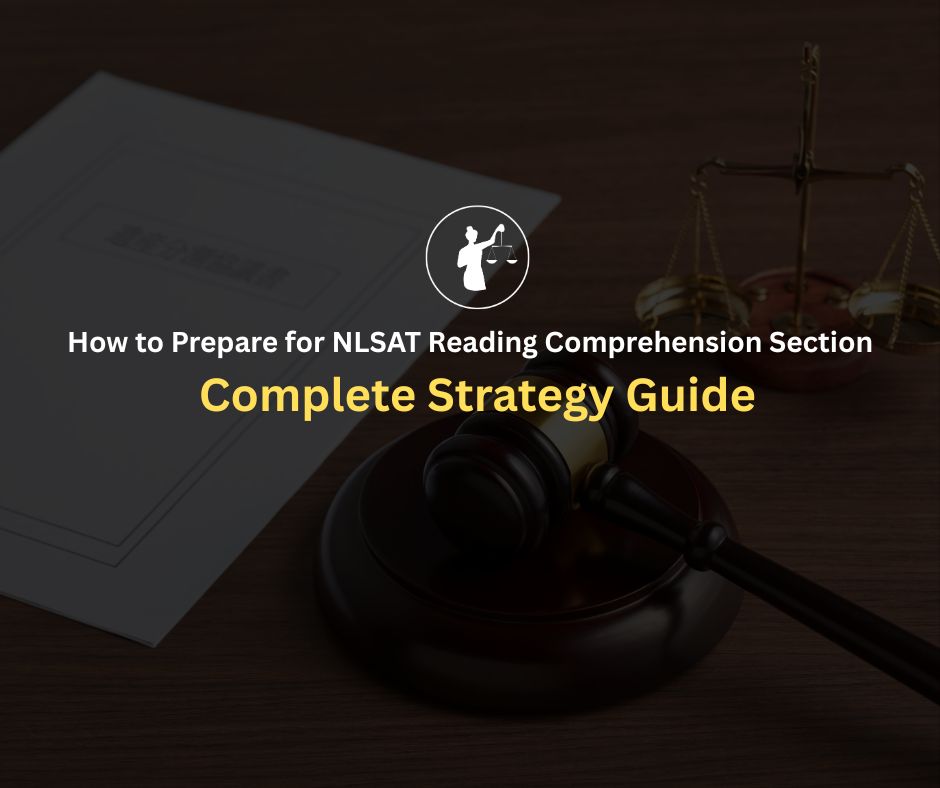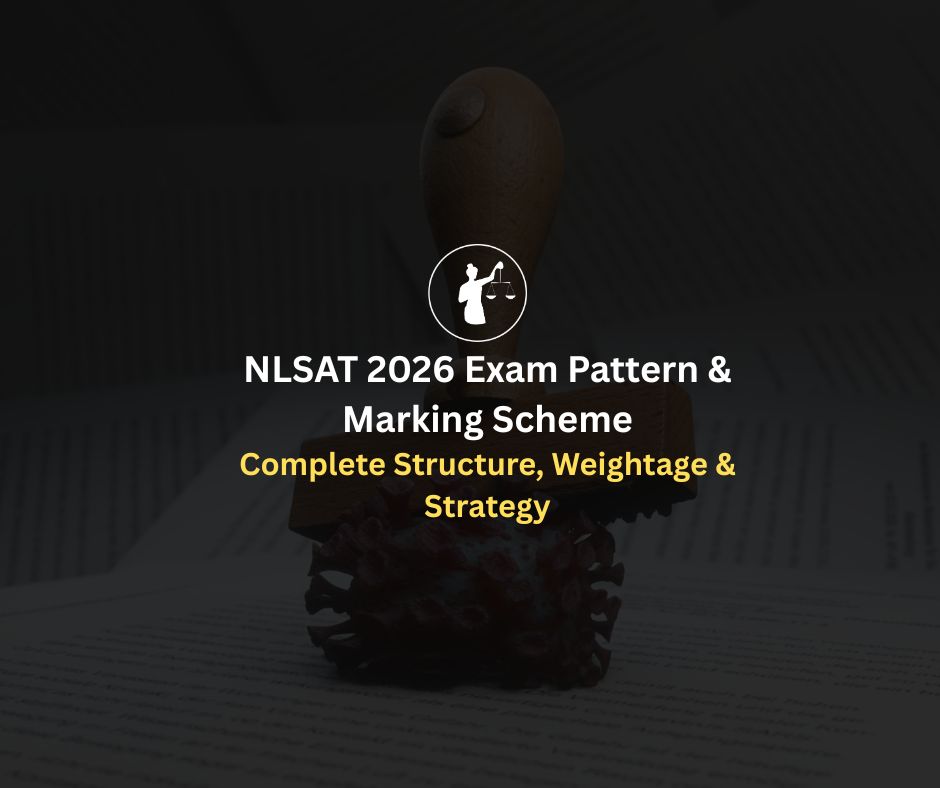
In a recent ruling that could redefine the roadmap for thousands of law aspirants, the Supreme Court of India has made it mandatory to have three years of legal practice before applying for State Judicial Service examinations for the entry-level post of Civil Judge (called Civil Judge Junior Division). For CLAT aspirants dreaming of the black robe, this decision introduces a critical pause between law school and judiciary preparation.
But is this a setback, or an opportunity in disguise?
Here’s what it means in simpler terms.
On May 20, 2025, a three-judge bench of the Supreme Court, headed by Justice B.R. Gavai, ruled that three years of actual legal practice will now be mandatory for entry-level judicial service exams. This reverses the 2002 judgment (in All India Judges Association vs. Union of India) that allowed fresh law graduates to appear for these exams directly after LLB.
The new ruling essentially says:
Theoretical knowledge isn’t enough.
Judges must understand the functioning of courts from the ground.
“Reading law books and undergoing training” can’t replace real courtroom experience.
The Court also clarified:
Experience as a law clerk will count towards the three-year requirement.
Candidates must get their experience certified by an advocate with at least 10 years of standing.
All High Courts must update their rules within three months to reflect this change.
The court was acting on genuine concerns. Over the years, High Courts across the country have pointed out that fresh graduates, though book-smart, often lack the procedural maturity needed to deliver quality judgments.
The Court said what many in the legal community have long known: judging is not just about legal knowledge, it’s about understanding the nuances of advocacy, client behavior, real-life disputes, and how cases flow through the judicial system.
In simpler words: You can’t run a courtroom just because you’ve read about it. You need to have been in one.
If you’re preparing for CLAT or just got in, you probably had three broad goals in mind:
Law firm placements
UPSC/other government exams
Judicial Services
Until now, students could start preparing for the judiciary right from their fourth or fifth year, aiming to crack exams just after graduation.
That’s no longer an option.
Now, everyone will have to enter the courtroom first—either as a junior lawyer, or a law clerk to a judge—for at least three years before being eligible.
This doesn’t just alter the timeline. It changes your approach to law school itself.
Here’s how CLAT aspirants and law students should now rethink their long-term game plan:
1. Start litigation internships early
Whether in trial courts or High Courts, get used to the rhythm of actual court practice. The earlier you start observing proceedings, the better your understanding will be.
2. Take law clerk opportunities seriously
These used to be undervalued. Now they’re gold. Working under a judge teaches you precision, judgment-writing, court etiquette, and gets counted in the 3 years.
3. Rethink backup options
Many students considered judiciary as a “stable” backup if firms didn’t work out. That will now take longer. Your career prep must involve deliberate decisions, not passive options.
4. Sharpen your procedural law grip
Civil and criminal procedure, evidence law—these can no longer be just about passing exams. Courtroom comfort depends on these being second nature.
It depends on perspective. If your focus was always the judiciary, this may feel like a delay.
But in truth, it’s a professional upgrade.
Imagine a judiciary where every young judge has seen how a case is built, argued, manipulated, and broken. They know the system because they’ve worked inside it, not just studied it.
This ruling aims for that. And that makes sense.
Law school is still step one. But now, there’s an essential step two before you reach the Bench.
This also means you’ll have time to grow as a professional before taking on the responsibility of judging others’ lives and rights. It pushes you toward maturity before authority.
So if the judiciary is your dream, stay with it—just aim with greater precision now. But now, also build your litigation skills with seriousness.
Judging is no longer a shortcut, and that just might make it more meaningful.
At NLTI, we’ve always emphasized depth over shortcuts. While many CLAT coaching platforms talk only about the next entrance, we prepare students for the long gameof law school, beyond law school, and now, even the courtroom.
This new SC ruling? We see it as a challenge. And we’re already preparing our students to meet it.





